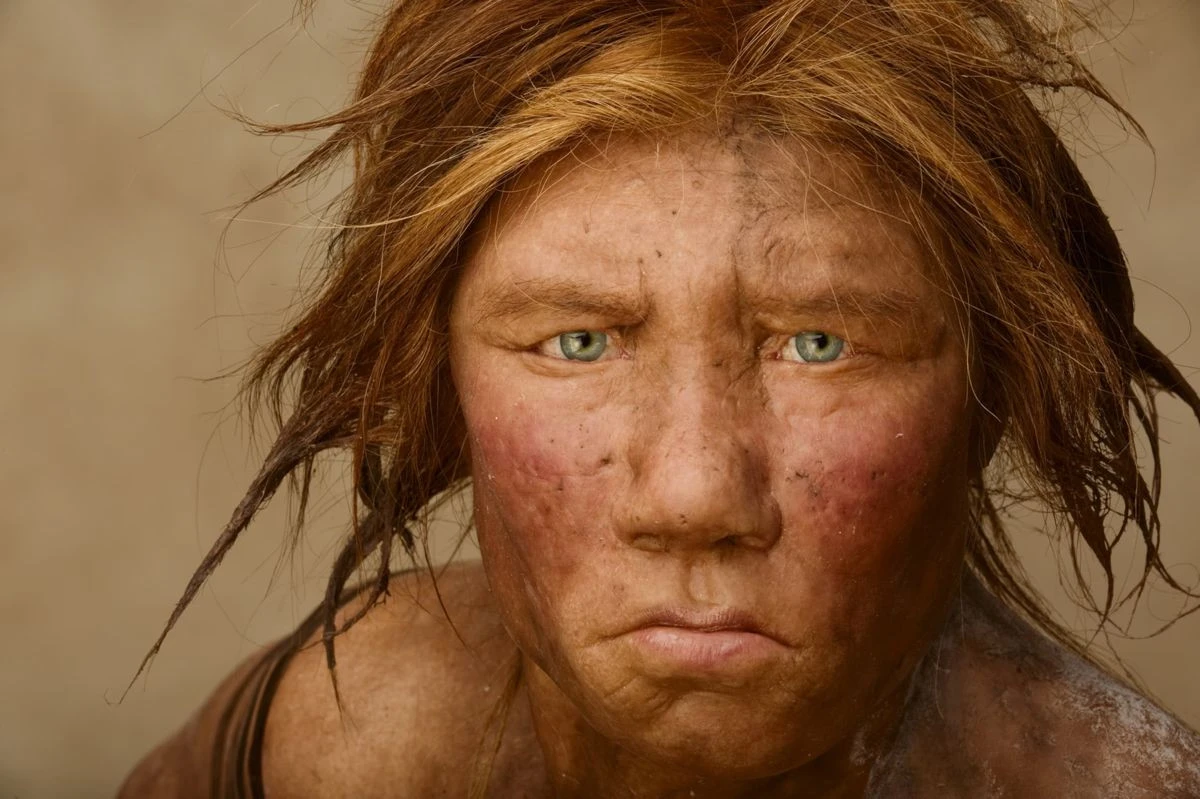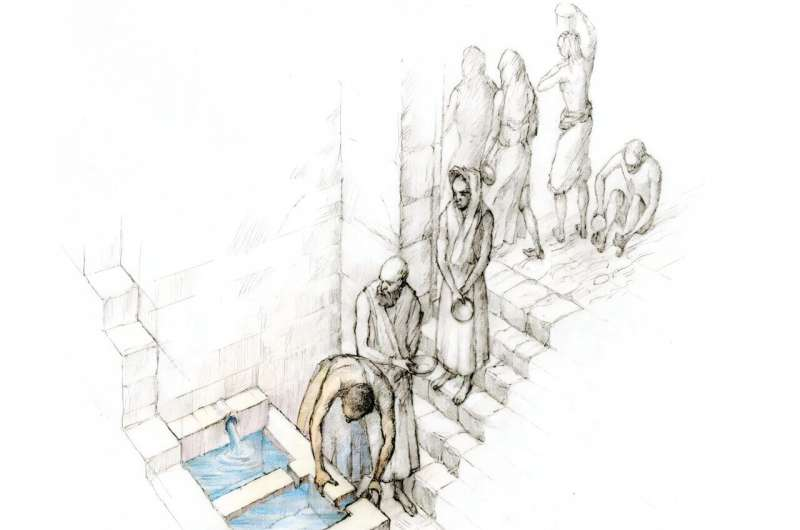More than almost any other ancient ruler, facts about King Tut, the boy who led an empire and was buried in a tomb stuffed with gold and artifacts, have been hard to deduce. Who was this young man given the responsibility of carrying on a line descended from the gods? How did he live? And how did he die?
Tutankhamun (c. 1341 – c. 1323 BC), sometimes referred to as King Tut, was an Egyptian pharaoh who was the last of his royal family to rule during the end of the 18th Dynasty (ruled c. 1332 – 1323 BC in the conventional chronology) during the New Kingdom of Egyptian history. His father is believed to be the pharaoh Akhenaten, identified as the mummy found in the tomb KV55. His mother is his father's sister, identified through DNA testing as an unknown mummy referred to as "The Younger Lady" who was found in KV35.
Tutankhamun took the throne at eight or nine years of age under the unprecedented viziership of his eventual successor, Ay, to whom he may have been related. He married his paternal half-sister Ankhesenamun. During their marriage they lost two daughters, one at 5–6 months of pregnancy and the other shortly after birth at full-term. His names—Tutankhaten and Tutankhamun—are thought to mean "Living image of Aten" and "Living image of Amun", with Aten replaced by Amun after Akhenaten's death. A small number of Egyptologists, including Battiscombe Gunn, believe the translation may be incorrect and closer to "The-life-of-Aten-is-pleasing" or, as Professor Gerhard Fecht believes, reads as "One-perfect-of-life-is-Aten".
Tutankhamun restored the Ancient Egyptian religion after its dissolution by his father, enriched and endowed the priestly orders of two important cults, and began restoring old monuments damaged during the previous Amarna period. He reburied his father's remains in the Valley of the Kings and relocated the capital from Akhetaten back to Thebes. Tutankhamun was physically disabled with a deformity of his left foot along with bone necrosis that required the use of a cane, several of which were found in his tomb. He had other health issues including scoliosis and had contracted several strains of malaria.
The 1922 discovery by Howard Carter of Tutankhamun's nearly intact tomb, in excavations funded by Lord Carnarvon, received worldwide press coverage. With over 5,000 artefacts, it gave rise to renewed public interest in ancient Egypt, for which Tutankhamun's mask, now in the Egyptian Museum, remains a popular symbol. The deaths of some involved in discovery of Tutankhamun's mummy have been popularly attributed to the “curse of the pharaohs”. Some of his treasure has traveled worldwide with unprecedented response; the Egyptian Supreme Council of Antiquities allowed tours beginning in 1961. He has, since the discovery of his intact tomb, been referred to colloquially as "King Tut".
Since Tut's tomb was found in 1922, these questions have slowly been answered. Thanks to advanced technology in DNA analysis, we've found some surprising things about his heritage and his physical stature.






